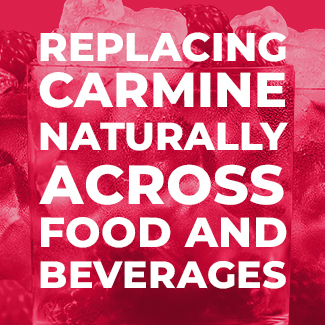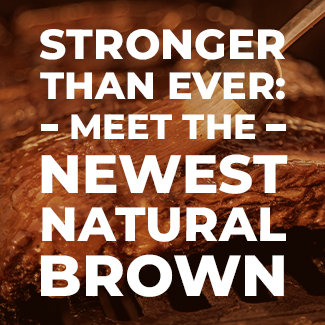Discover Caramel Color in Food & Beverage
Looking for caramel food coloring in your next food or beverage product?
Caramel food color is a cost-effective and highly stable choice for shades of brown in almost any application. As brands and consumers shift to turn from synthetic or artificial colors, caramel is a highly useful alternative.
At Sensient, we are your partner in all things color. We’re here to help you find the highest quality ingredients for your colorful creations. Whether you’re looking for a way to offset cocoa usage or just get the right shade, our caramel coloring can provide a smart solution.
A World of Caramel Food Color
Caramel color is a highly stable option to achieve almost any shade of brown, in almost any application. Divided into four different classes, caramel is a diverse way to add dimension and richness to food and beverage products.
Class I Caramel

Tone: Light Brown
Most Common Applications:
Baked, beverage, processed

Class II Caramel

Tone: Light Brown
Most Common Applications:
Baked

Class III Caramel

Tone: Medium Brown
Most Common Applications:
Processed

Class IV Caramel

Tone: Dark Brown
Most Common Applications:
Beverage, low pH applications

Our team is here to guide you in selecting the best type of caramel food color for your product, ensuring the best performance. Set up a consulting call with our team of lab experts to learn more today!
Why Use Caramel Food Color?
Caramel is a popular and effective choice for brown shades in food and beverage applications. Sensient’s caramel food dye offers many benefits:
COST EFFICIENCY
Caramel is less expensive and a more cost-effective option than other browns like synthetic blends.
SHADE RANGE
Caramel can offer a wide range of brown – from cream to umber – shades depending on the need, usage rate, and application.
HEAT STABILITY
Caramel is highly heat stable and can withstand the high temperature processing that many foods and beverages go through.
LIGHT STABILITY
Caramel won’t fade or bleed over time, making the packaging, storage, and longevity more suitable for many products.
ACID STABILITY
Caramel is stable across a wide range of pH levels and won’t degrade when acidity changes in a product.
APPLICATION VERSATILITY
From snacks to beverages, caramel works across a wide array of products without needing to switch from color to color.
CLEAN LABEL
As customers and brands seek to move away from synthetic and artificial ingredients, caramel food color can be a more label-friendly brown option.
USABLE FORMS
Caramel comes in both powder and liquid forms, making it easy and flexible to incorporate based on the product and equipment available.
USAGE RATE
Caramel can provide the desired shade of brown with smaller usage rates, so there is no worry about affecting texture or taste.
Bringing Caramel to Life in Applications
Caramel coloring can be used in just about every application for food and beverage. Its stability and versatility make it a very sensible option for brown shades across the spectrum.
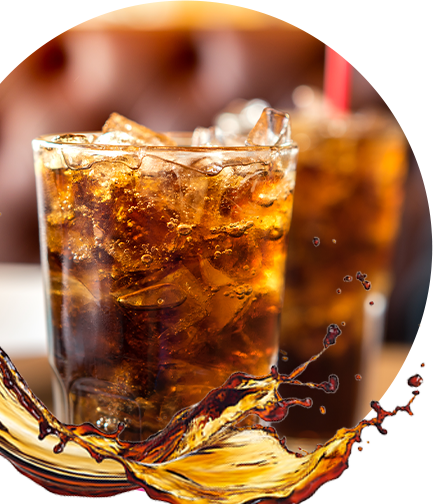
Beverage
Caramel coloring is a staple in beverages, as it creates the rich, dark tones associated with many popular, favorite drinks.
Soft Drinks: Class IV caramel coloring is commonly used in colas, root beers, and other carbonated beverages due to its excellent stability in acidic environments.
Alcoholic Beverages: Class I caramel coloring provides a subtle tint in spirits like whiskey, rum, and brandy, giving them the consistent aged appearance that consumers expect.
Coffee and Tea Drinks: Light caramel coloring adds warmth with ready-to-drink coffee and tea beverages, enhancing their appeal without altering flavor.
Dairy
In dairy applications, caramel coloring is used to achieve natural-looking tones while maintaining stability under challenging conditions like heat and refrigeration.
Ice Cream and Puddings: Caramel coloring is often added to create warm, appetizing colors in flavors like caramel, butterscotch, and mocha.
Dairy-Based Beverages: From flavored milk to cream liqueurs, caramel coloring enhances the visual appeal and provides uniformity across batches.
Yogurts: Light caramel tones can bring an enticing, rich hue to many dessert-flavored yogurts.

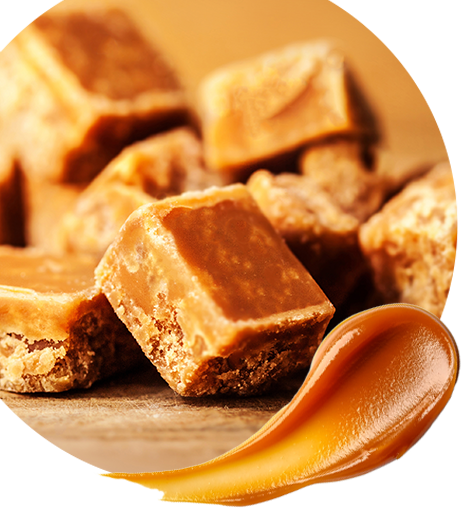
Confection
In the world of sweets, caramel coloring is helpful in creating visually appealing products that stand out on the shelf and hint at delicious flavors.
Candy and Cocoa-Flavors: Caramel coloring deepens the shades of caramels, toffees, and cocoa treats, adding richness and enhancing the flavor profiles.
Gummies and Chews: For soft candies, caramel coloring provides a warm, inviting tone that complements fruit and spice flavors.
Decorative Toppings and Fat-Based Coatings:
In syrups, glazes, or coatings, caramel coloring provides the perfect finish that won’t degrade.
Pet Food
Caramel coloring isn’t just for human consumption – it plays a key role in pet food, too. For many pet owners, the appearance of their furry friend’s food is as important as their own.
Dry Kibble: Caramel coloring gives kibble a uniform, appetizing brown hue that mimics meat.
Wet Pet Food: Caramel coloring adds richness to gravies and stews, helping add the expected appearance to wet pet food.
Treats and Chews: From dog biscuits to cat treats, caramel coloring enhances the “real” look and appeal of pet snacks.


Baked
Baked goods often rely on caramel coloring to create the signature sweet and savory appearances that many of them have.
Breads: Caramel coloring can be used to deepen the colors and highlight the flavor profiles of many kinds of loaves.
Pastries and Desserts: In cookies, muffins, pies, and more, caramel coloring adds the right shades to achieve the sweet, freshly baked look of chocolate, peanut butter, caramel, and more.
Glazes and Fillings: Caramel coloring can enhance the richness of glazes and fillings to perfectly complement the finished look of baked products.
Processed
In processed foods, caramel coloring serves as both a functional and aesthetic ingredient, helping products look as good as they taste.
Sauces and Gravies: Caramel coloring adds depth to items like gravies, soy sauce, and barbecue sauce, creating the rich, glossy appearance that consumers expect.
Soups and Stews: It enhances the color of broth-based soups, giving them a hearty, homemade look.
Prepared Meals: From frozen entrees to ready-made side dishes, caramel coloring ensures uniformity across batches and boosts visual appeal.
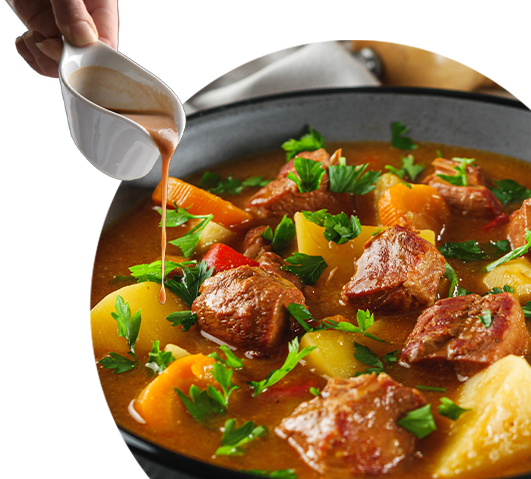
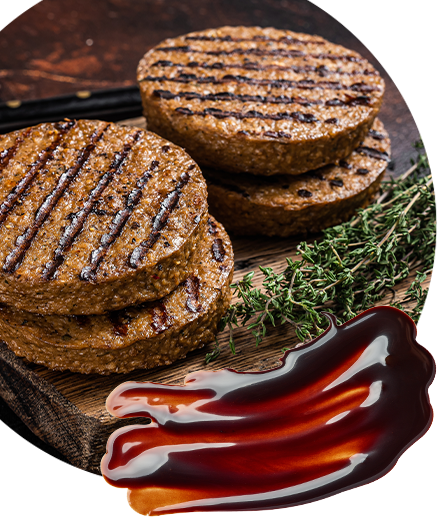
Plant-Based
In plant-based meat products, caramel coloring can help achieve an authentic look by providing the right shades and tones that mimic the look of cooked or grilled meat.
Browning and Grilling Effects: Caramel coloring replicates the golden-brown crust seen on traditional grilled meats, enhancing the visual appeal of plant-based burgers or steaks.
Color Uniformity: Caramel color ensures consistency in appearance across batches, so that plant-based nuggets or patties look the same every time.
Raw and Cooked Appearance: Caramel coloring allows manufacturers to create products that look like raw meat when uncooked but develop a natural browning effect during cooking.



